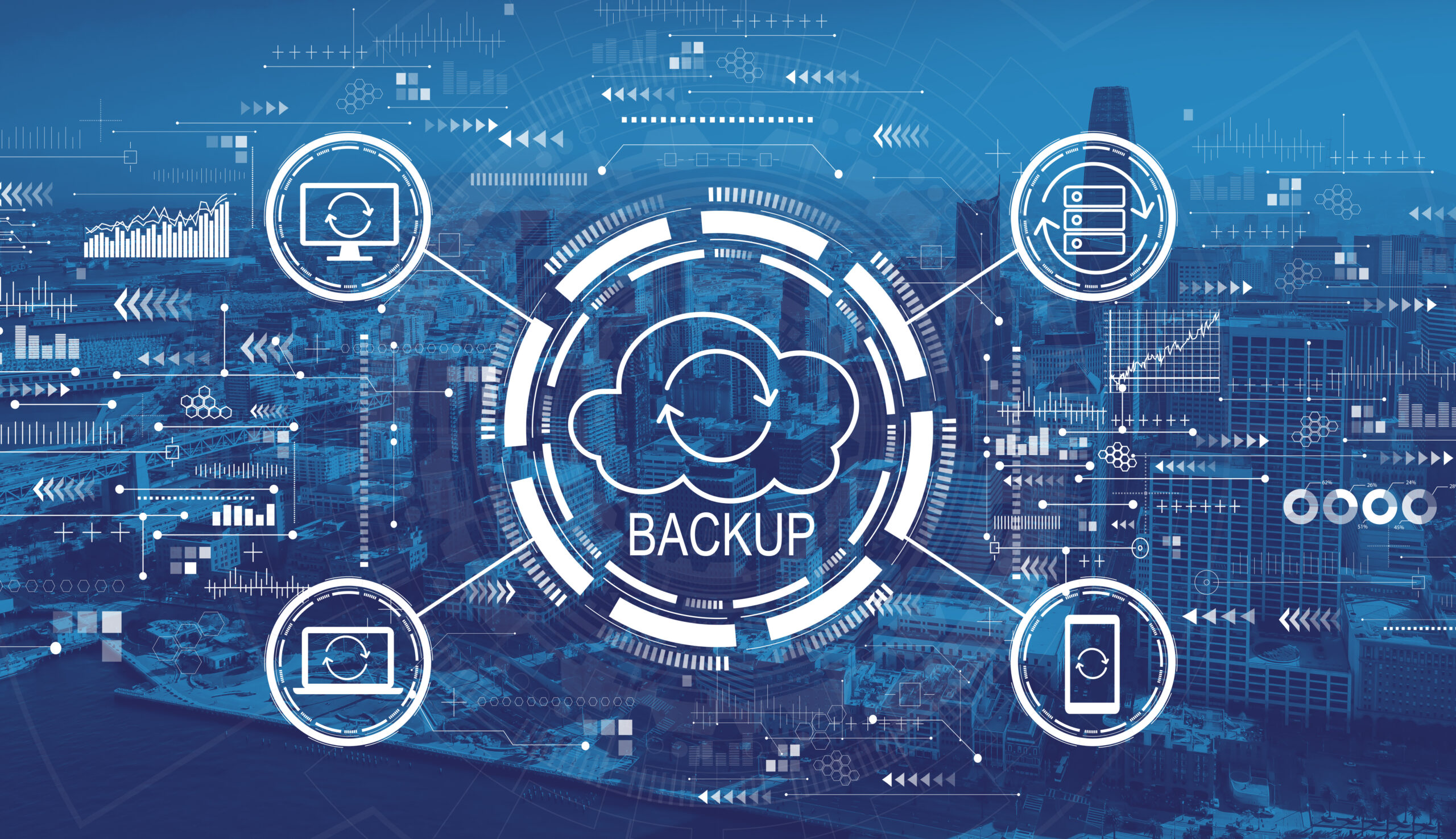Behind the Scenes with a CISO: Unpacking the Blackcat Ransomware Attack on Change Healthcare
We break down the Blackcat ransomware gang's attack on Optum, the operator of the Change Healthcare platform.
Read
When preparing for a hurricane, most of us think about securing our homes, gathering emergency supplies, and planning evacuation routes. But backing up your data and staying vigilant of scams after the storm are also crucial in planning. Below is your need-to-know guide to keeping your information safe as a storm approaches.
Cloud Backups: Don’t let the storm take your valuable files with it. Use services like Google Drive, Dropbox, or OneDrive to back up essential documents, photos, and files. These platforms ensure that your data is stored securely offsite, safe from any physical damage to your devices.
External Hard Drives: Consider having a local backup. An encrypted external hard drive, stored in a waterproof container, is a great way to have a quick recovery option at hand if your cloud access is disrupted.
Uninterruptible Power Supplies (UPS): Power outages are almost guaranteed during a hurricane. To prevent sudden shutdowns and data loss, a UPS can keep your systems running just long enough to safely save your work and shut down your devices.
Backup Power Solutions: Portable power banks or generators can keep essential devices running for hours, or even days, if the power goes out.
Update Software: Make sure all your devices—computers, smartphones, tablets—are running the latest security updates. These patches protect you from known vulnerabilities, especially in the chaos of a hurricane.
Enable Encryption: If your devices are lost, stolen, or damaged, encrypted data ensures that your information cannot be accessed without authorization.
Activate MFA: This extra layer of security can be the difference between keeping your accounts safe and exposing them. Even if a device is stolen, MFA ensures only you can access sensitive information.
Download Critical Information: Have important documents, contact lists, and emergency information downloaded onto your device so that you can access them without an internet connection.
Offline Passwords: Many password managers offer offline access. Alternatively, consider keeping a physical list of crucial passwords, stored securely.
Backup Internet Solutions: Mobile hotspots, satellite phones, or even pre-purchased data plans can keep you connected to loved ones, your workplace, or emergency services if power lines and Wi-Fi networks are down.
VPNs for Remote Work: If you plan to work remotely during the storm, double-check that your VPN is operational, and you can connect securely to your company’s network.
Phishing Attacks: In the aftermath of a hurricane, opportunistic scammers often send fake emails pretending to be from disaster relief agencies or charities. Be cautious about unsolicited requests for personal information.
Charity Scams: Make sure your donations go to legitimate organizations by checking that the charity is verified.
Waterproofing: Protect your physical devices, including laptops, hard drives, and other electronics, by sealing them in waterproof containers or bags.
Offsite Storage: If possible, store your most valuable tech equipment in a safer location out of the storm’s path.
Critical Contact List: Have the numbers of your IT team, managed service provider, or relevant tech support ready. Post-storm recovery may require immediate assistance to mitigate damage.
Incident Response Plan: Ensure your organization has a solid plan for recovering data and restoring operations in the event of a system compromise.
Set Up Alerts: Sign up for notifications from trusted organizations like the National Weather Service (NWS) and the Cybersecurity and Infrastructure Security Agency (CISA). These alerts can provide real-time updates on both weather patterns and emerging cybersecurity threats.
It’s important to remember that cybercriminals will use catastrophic events to prey on victims’ emotions. Stay vigilant but most importantly stay safe.